|
I am a Ph.D. candidate in Biomedical Engineering at the University of British Columbia. I completed my Bachelor’s degree in Electrical and Electronic Engineering at Bangladesh University of Engineering & Technology and later pursued my Master’s in Electrical and Computer Engineering at University of Windsor.
Email | CV | Google Scholar | LinkedIn | ResearchGate | Github | CV of Failures |
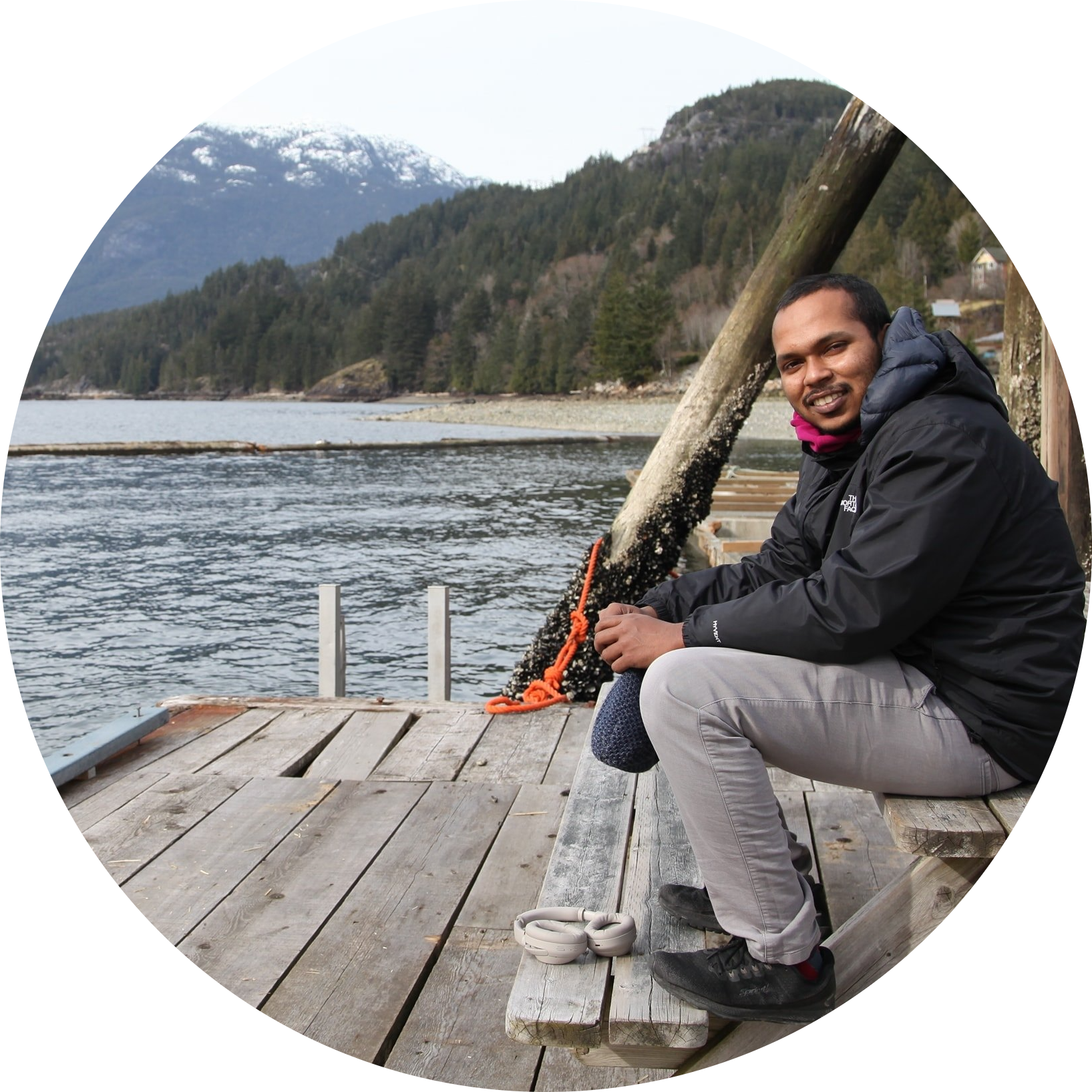
|
|
|
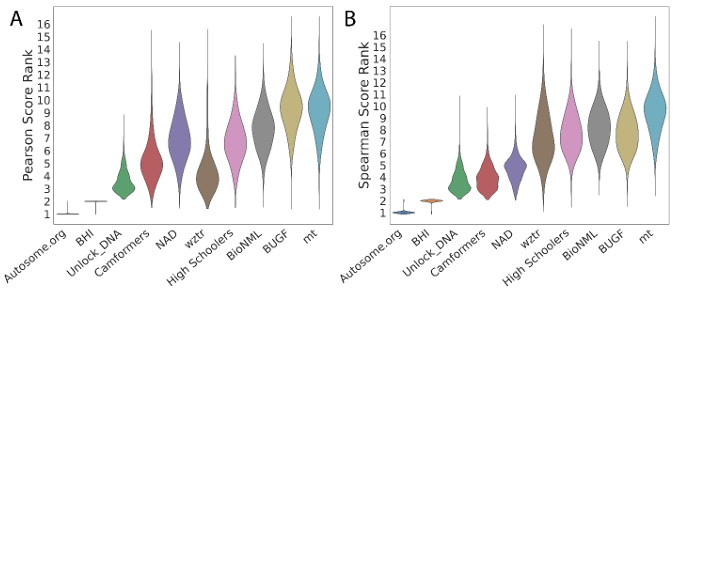
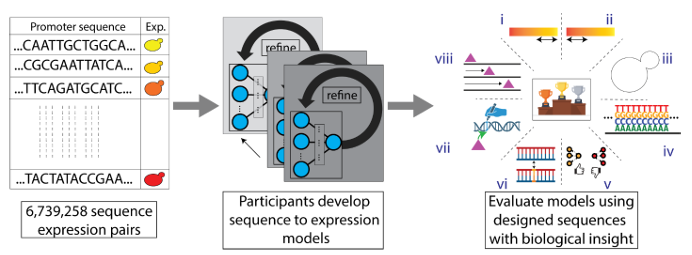
|
[Data] [Code] Abdul Muntakim Rafi, Daria Nogina, Dmitry Penzar, Dohoon Lee, Danyeong Lee, Nayeon Kim, Sangyeup Kim, Dohyeon Kim, Yeojin Shin, Il-Youp Kwak, Georgy Meshcheryakov, Andrey Lando, Arsenii Zinkevich, Byeong-Chan Kim, Juhyun Lee, Taein Kang, Eeshit Dhaval Vaishnav, Payman Yadollahpour, Random Promoter DREAM Challenge Consortiumstrong>, Sun Kim, Jake Albrecht, Aviv Regev, Wuming Gong, Ivan V. Kulakovskiy, Pablo Meyer, Carl de Boer Random Promoter DREAM Challenge 2022 Neural networks have proven to be an immensely powerful tool in predicting functional genomic regions, in particular with many recent successes in deciphering gene regulatory logic. However, how model architecture and training strategy choices affect model performance has not been systematically evaluated for genomics models. To address this gap, we held a DREAM Challenge ... |
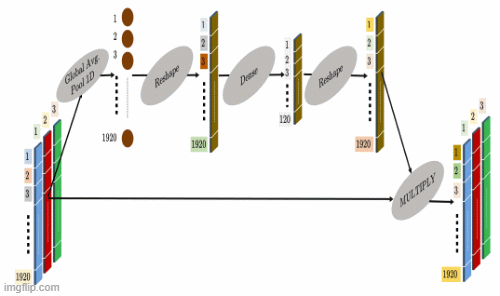
|
Abdul Muntakim Rafi, Uday Kamal, Rakibul Hoque, Abid Abrar, Sowmitra Das, Robert Laganiere, Md Kamrul Hasan CVPR 2019 [Code] Camera model identification has earned paramount importance in the field of image forensics with an upsurge of digitally altered images which are constantly being shared through websites, media, and social applications. But, the task of identification becomes quite challenging if metadata are absent from the image and/or if the image has been postprocessed. In this paper, we present ... |
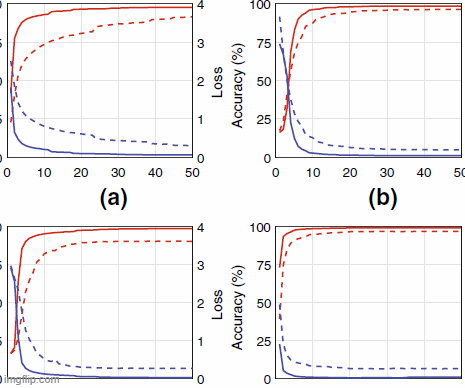
|
Abdul Muntakim Rafi, Thamidul Islam Tonmoy, Uday Kamal, Jonathan Wu, Md Kamrul Hasan Neural Computing and Applications [Code] In this paper, a novel convolutional neural network (CNN) architecture is proposed for CMI with emphasis given on the preprocessing task considered to be inevitable for removing the scene content that heavily obscures the camera model fingerprints. Unlike the conventional approaches where fixed filters are used for preprocessing, the proposed remnant blocks, when coupled with a classification block and trained end-to-end minimizing the classification loss, learn to suppress the unnecessary image contents dynamically ... |
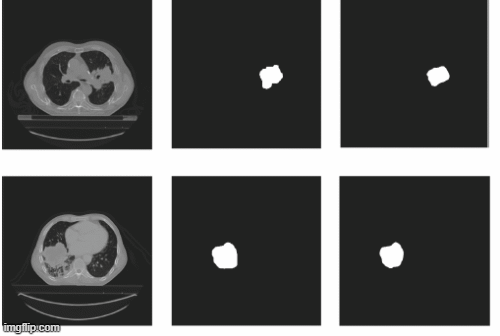
|
Uday Kamal, Abdul Muntakim Rafi, Rakibul Hoque, Jonathan Wu, Md Kamrul Hasan MICCAI 2020 [Code] In this paper, we present Recurrent 3D-DenseUNet, a novel deep learning based architecture for volumetric lung tumor segmentation from CT scans. The proposed architecture consists of a 3D encoder block that learns to extract fine-grained spatial and coarse-grained temporal features, a recurrent block of multiple Convolutional Long Short-Term Memory (ConvLSTM) layers to extract fine-grained spatio-temporal ... |
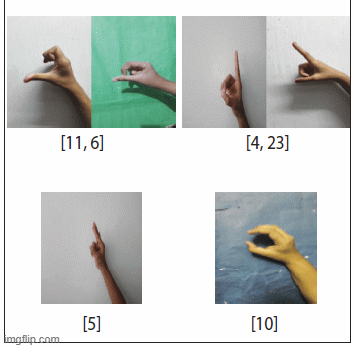
|
Abdul Muntakim Rafi, Nowshin Nawal, Nur Sultan Nazar Bayev, Lusain Nima, Celia Shahnaz, Shaikh Anowarul Fattah IEEE GHTC 2019 We have collected in total 12581 different hand signs for the 38 BdSL alphabets in collaboration with the National Federation of the Deaf. We propose a VGG19 based convolutional neural network for the recognition of 38 classes and achieve an overall test accuracy of 89.6% ... |
|
|
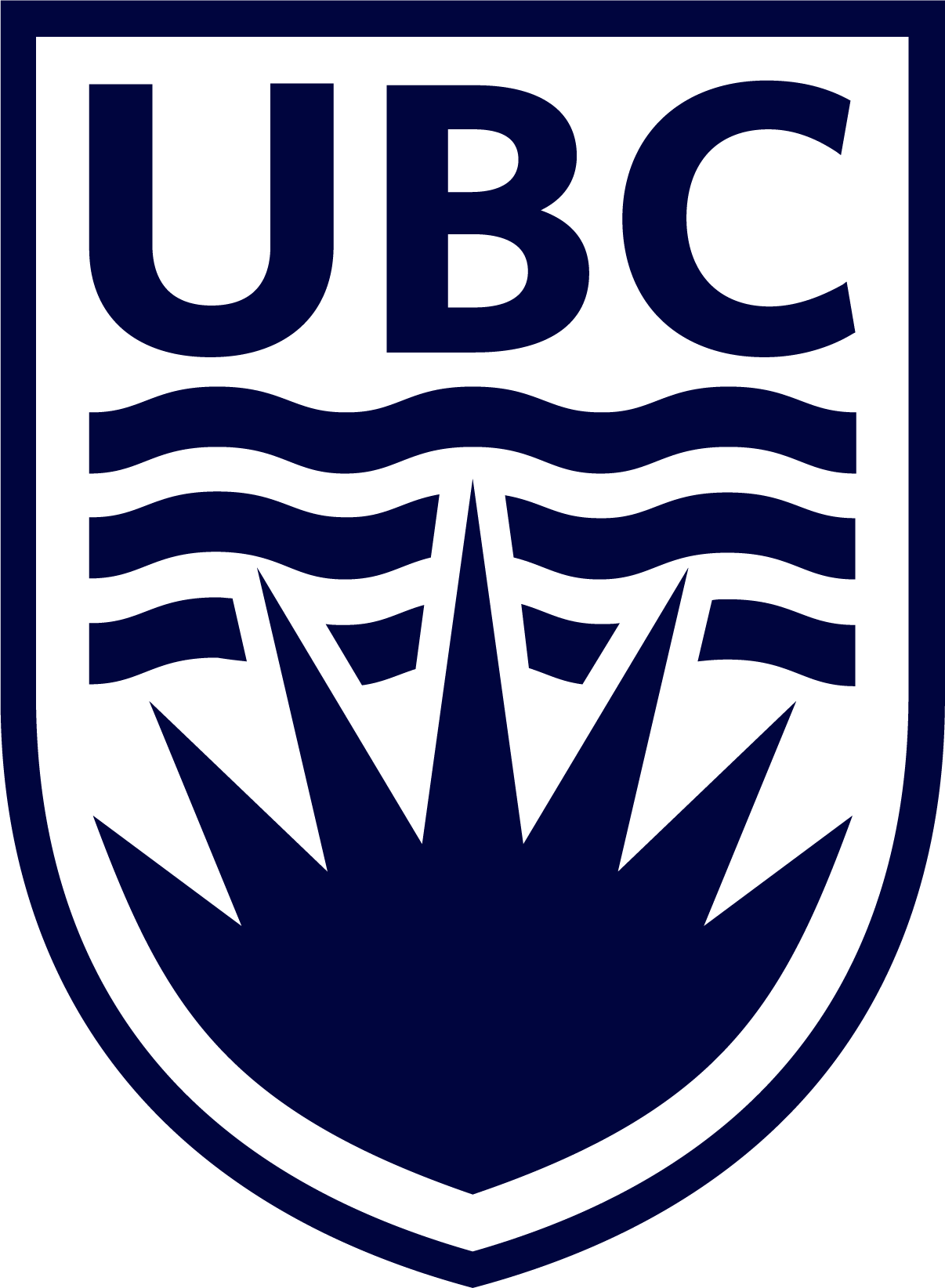 |
DSCI 525: Web and Cloud Computing DSCI 553: Statistical Inference and Computation II DSCI 562: Regression II DSCI 522: Data Science Workows DSCI 512: Algorithms and Data Structures DSCI 521: Computing Platforms for Data Science BIOL 234: Fundamentals of Genetics |
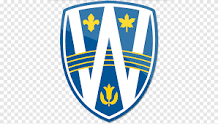
|
ELEC 8330: Computational Intelligence GENG 2320: Engineering Software Fundamentals |
|
|
|
|
Joined Lanner through the Mitacs Accelerate, which is Canada's premiere research internship program. Here, I worked on efficient inference of different AI-driven applications in edge devices. |
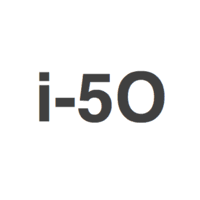
|
Joined ifiveo through the Mitacs Accelerate. Here, my task has been to perform activity recognition in order to measure and improve manufacturing floor production processes using deep learning based vision systems. I have collected data from manufacturing floors, supervised the annotation process, and deployed deep learning models using Amazon Sagemaker. |
|
|
Worked on designing a real-time Sign2Text translator for Bangla Sign Language. |
|
Based on Jon Barron's site.
|
